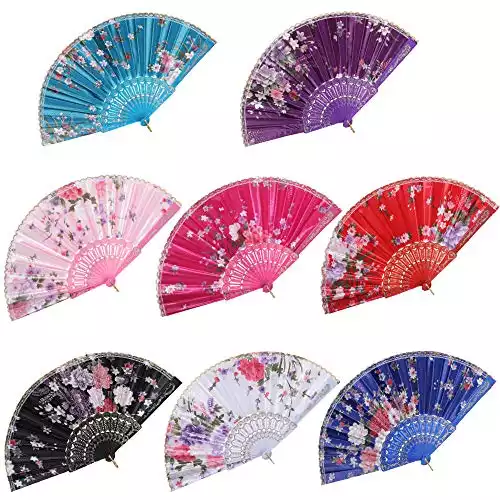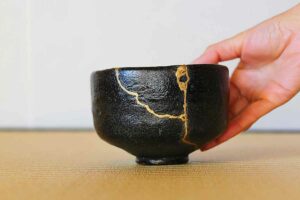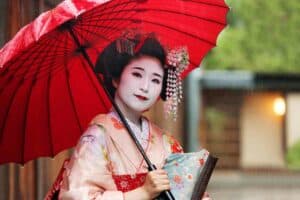Japan boasts rich traditional craftsmanship and cultural heritage preserved and passed down to generations.
According to statistics, Japan had approximately 4,200 museums as of 2019.
These museums are full of traditional and modern artworks by Japanese crafters and cultural associations keen to protect the Japanese cultural heritage.

Despite the widespread westernization in Asian countries, the Japanese still teach and study their cultural artifacts in various institutions to date.
Key Takeaway – Unlike most Japanese handicrafts originating in China, Japanese fans have their roots in Japan. These fans were first spotted in Japanese pictures used to decorate burial tombs in the 6th century.
The Japanese fans are not your typical fans used to cool the air on hot days. Instead, they have deep cultural significance to the owners.
However, as their novelty grew and people began misusing them, the Japanese government created laws restricting their use to specific applications.
Here are seven amazing Japanese fan facts you probably might not know about.
Table of Contents
1. Japanese fans come in three different styles

The Japanese fans are categorized into three styles:
- fixed
- folding
- war
Each fan has a unique construction design and application in Japanese culture.
Fixed Fan
Also known as Uchiwa, the Japanese fixed fan is flat, rigid, and assumes a circular or palm-leaf shape.
It’s a hand fan made from narrow bamboo splinters and used primarily for decorations during festivals as ceremonial fans.
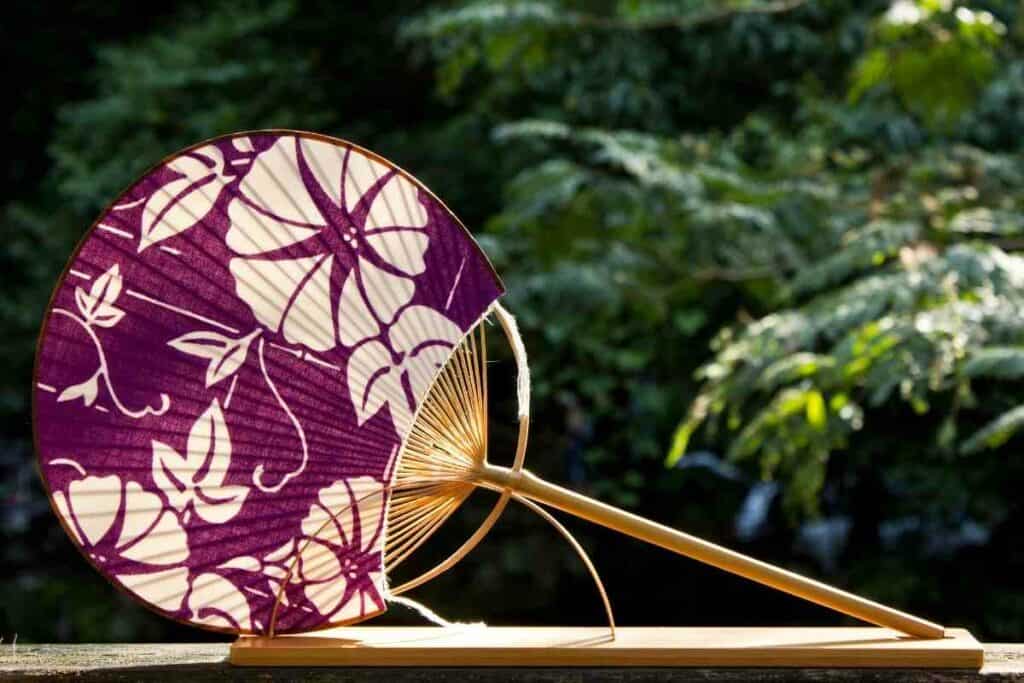
Fan crafters use silk paper with beautiful designs from seasoned painters to enhance the beauty of these fans.
And since they are easy to make, many companies use them as promotional items.
Instead of artwork on their surfaces, marketing messages or a company’s logo are inscribed on the sides of the silk paper and displayed in the town streets.
Folding Fan
Folding fans are commonly referred to as the sensu or ogi by the Japanese.
These fans use similar construction materials but different construction designs from fixed fans.
As the name suggests, folding fans are made of foldable frames from bamboo covered with silk or washi paper. The males’ sensu fans are a little longer than the female.’
Since sensu fans are mainly given as gifts, silk or washi papers covering the folding frames are usually decorated with different designs to signify the nature and importance of the gift.
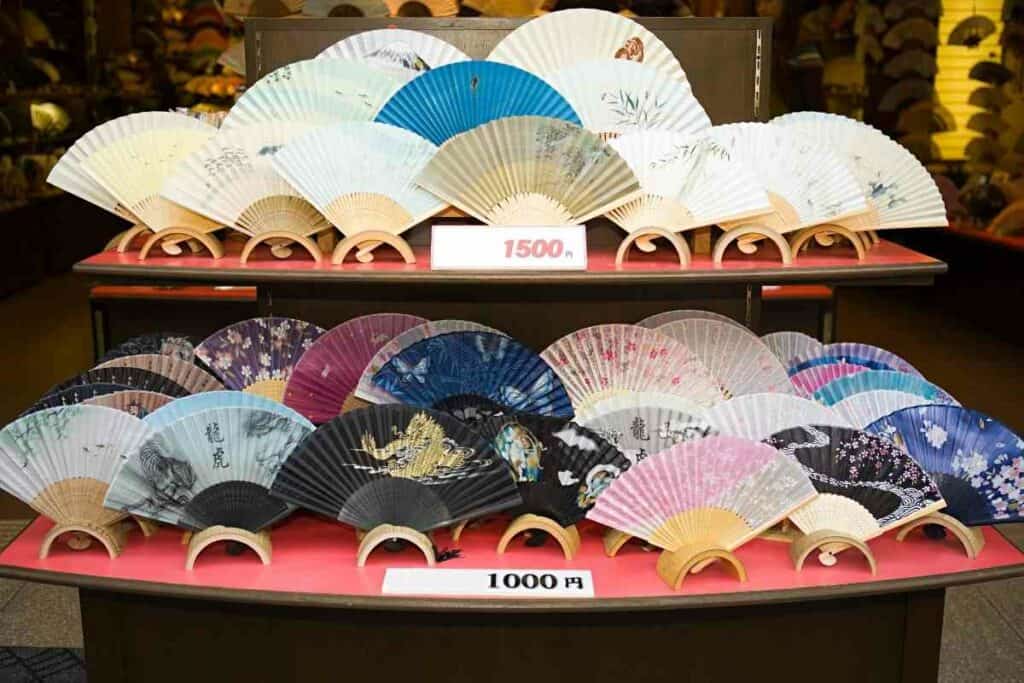
Here are some sensu fan sub-groups and what they symbolize in the Japanese culture:
- Hi-ougi or the Court fan symbolizes status. The construction features cypress wood slats knitted together with silk to form a writing surface for the ancient court officials that lacked notebooks.
- Kawahori-sen originates from Hi-ougi but uses silk surfaces for writing, unlike Hi-ougi.
- Chasen is common in Japanese tea ceremonies. The tiny, portable fan remains closed in front of the owner as a show of respect when making important speeches like formal apologies or offering a vote of thanks.
War Fan
War fans are popular in many traditional Japanese movies.
War commanders used them as signaling devices on the battlefield and also as fighting tools.
Making them requires more profound knowledge and attention than fixed or folding fans.
2. Japanese fans are used on battlefields
The Japanese fan breaks protocol from an innocent air-cooling apparatus to a deadly battlefield weapon.
The war fan is the most famous Japanese fan used on battlefields.
Its construction replaces the wooden frames used in other fans with metals, making it a lethal weapon.
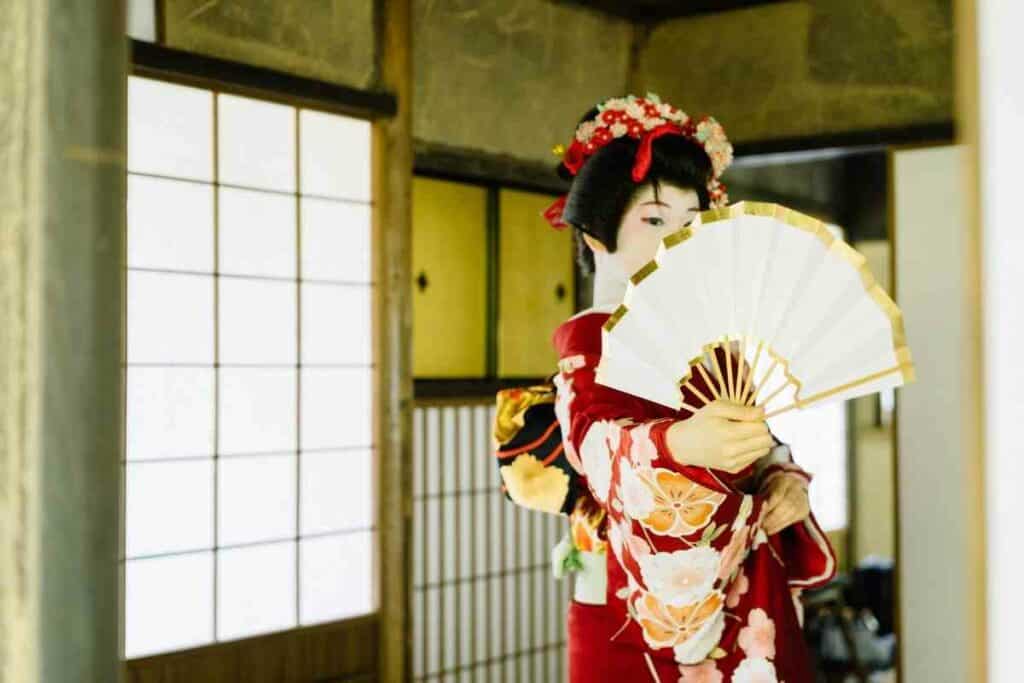
These are covert war tools designed into simple fixed or folding fans but with deadly construction materials and design.
For Instance – You’ll find some Japanese war fans with concealed spears for soldiers operating in riskier zones but restricting the open handling of weapons.
High-ranking officers used Gunbai or Gumpai fans to signal their troops, while Tessen fans, made of iron, were disguised as cooling fans, and used as weapons where more obvious weapons were not allowed.
3. You can make your Japanese fan
Making a traditional Japanese fan may sound intimidating at first.
Still, it doesn’t take an ardent DIYer to make one.
Although there are many different types of Japanese fans, the materials and procedures used are almost the same.
Learn about the type of fan and its purpose for a quick head-start in making Japanese fans.
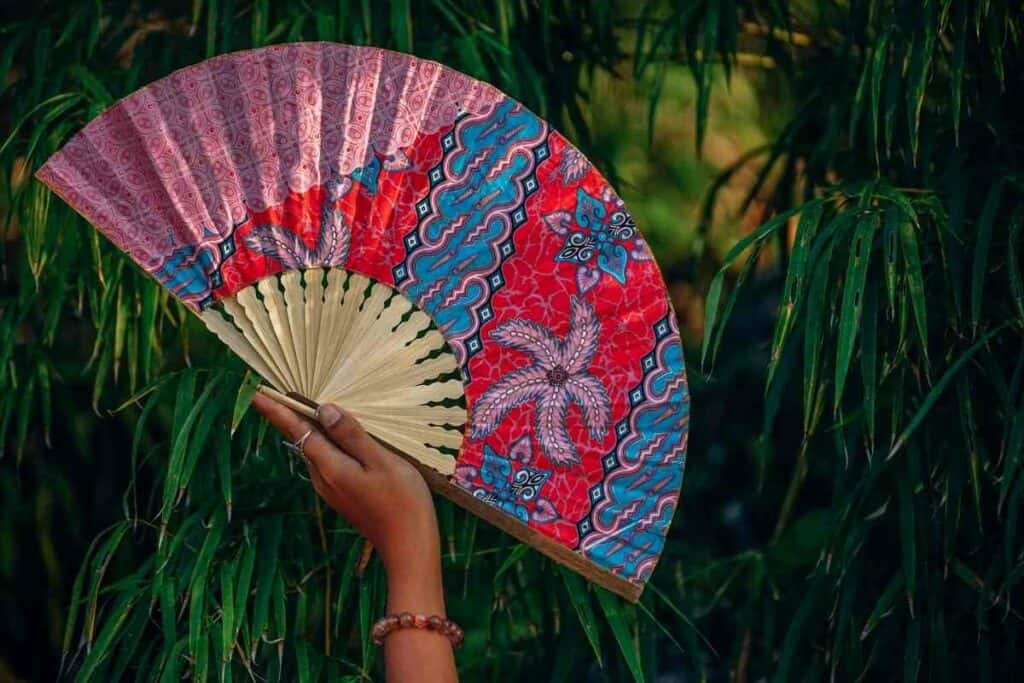
Below is a step-by-step procedure anyone can follow to make a simple Japanese fixed fan.
Things you’ll need
- Fly swatter
- Colouring felt tips
- Pencil
- Glue Scissors
- White card (size A4)
You may also like 📖
Procedure
- Fold the A4 white card and cut it in half.
- Place the fly swatter on one end of the card and draw a circle around it. The bottom should remain a flat edge.
- Cut around the line, eliminating the unwanted parts.
- Draw a concave beneath the flat surface of your circle and compress the sides in a curve. Your drawing should resemble a “W,” but with the sharp middle edge of the letter assuming a concave shape instead of a sharp arrowhead.
- Replicate steps 2 and 4 above on the other half of the A4 paper.
- Cut out both sides of the card pieces, decorate using your favorite Japanese colors and stick them together. You can do it with other family members to make it more fun. Ask the children to do the same with felt tip pens.
- Glue your complete fans all over and let them dry. The bottom bit should be visible enough to help people identify the Uchiwa fans quickly.
4. The bat wings inspired the folding japanese fans
Sensu, or the folding fan, is an original creation of the Japanese.
The idea of the folding fan came from a peasant observing how bats wings fold and unfold.
It was a brilliant idea that transformed Japanese fan-making for the better.
China loved the design, and by the 15th century, it started importing the folding fan from Japan.
The folding fan became a favorite among the rich and working class of Japan and China.
However, making them requires a great understanding of different designs since they are mostly given as gifts to symbolize other things, such as distinguishing social class.
5. Japanese fans are used to regulate the social atmosphere
The Japanese fan has some superpowers believed to reawaken and energize the human soul when held close to the body.
Just like a barometer would measure the atmospheric pressure and determine the altitude, a Japanese fan works the same.
Remember This – When a Japanese holds a closed fan in between when talking to someone, it creates an ambiance of one person talking to another with a higher social superiority.
These fans are also used to decorate the traditional Japanese drama—kabuki, evoke the performer’s emotions and help them create rhythmic gestures during theatre performances.
6. The Japanese fan and sword dance
Traditionally, the Japanese Samurai fought using swords, thus the emergence of the “sword dance”.
However, the Japanese government banned the traditional Samurai dress code, hairstyle, and open wielding of war weapons like swords during the Meiji period.

To keep the Samurai art and craft alive, many people opted to practice sword dancing to entertain people.
Unfortunately – That didn’t last long before the Japanese government introduced another law forbidding sword dancing.
The Japanese art lovers came up with another dance that used fans to entertain people during drama festivals.
The ban on sword dancing was lifted in the 1950s, hence the birth of the then-famous fan and sword dance.
7. The number of bamboo threads in a fan symbolizes social rank
The Japanese fan is a traditional creative art and craft by the Japanese.
It holds more cultural value than many traditional artworks from other nations.
It was a great treasure to the Japanese that became popular across many different events and applications.
To curb reckless use of this national treasure, Japan created laws that regulated how people used the fans.
These elegant floral folding hand fans are crafted from luxurious fabric adorned with vintage flower prints, featuring delicate lace edging, a sturdy metal U ring, and intricately carved plastic staves.
For quick and easy identification, ranks and social standing were determined by the bamboo threads in one’s fan.
It was the most suitable method since most fans were made using narrow yet countable bamboo splinters.
Less-known Fact – Other features on the Japanese fan were also used to signify different things. For instance, a full moon Japanese fan shape symbolized reunion and happiness.
Wrapping Up
The Japanese fans have been around since the 6th century.
Their easy construction process, diversity, and cheap bamboo costs made the fans more popular within a short period after introduction.
Many people loved these beautiful pieces of art. The Japanese always wanted to be associated with a skill of their origin.
Whether you were getting one to use for the primary purpose of cooling the air or as a lethal weapon on the battlefield, many people loved Japanese fans.
Today people buy ready Japanese fans and hang them on their walls as decorations or give them out as gifts. Others preserve them for special occasions like ceremonies or traditional dramas.
Although Japanese fans are no longer as popular as before, you’ll still find them in Japanese museums and many online shops where anyone can buy them.
Such shops also sell materials used to make them for those who wish to design their own.
Posts You May Read
- Japanese Wedding Traditions (Venue, Dress & Food)
- Kintsugi: Perfectly Imperfect Ceramic Art (with 8 Examples)
- 5 Best Japanese Makeup Brushes for a Flawless Finish
- Maiko Vs Geisha Compared: What Are the Differences?
- Japanese String Instruments (9 Famous Ones)
- Best Onsen Destinations In Japan (10 Top Locations)

